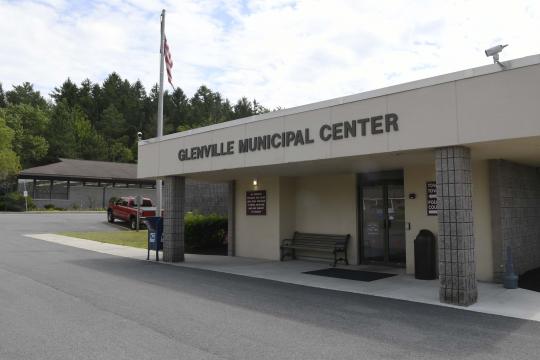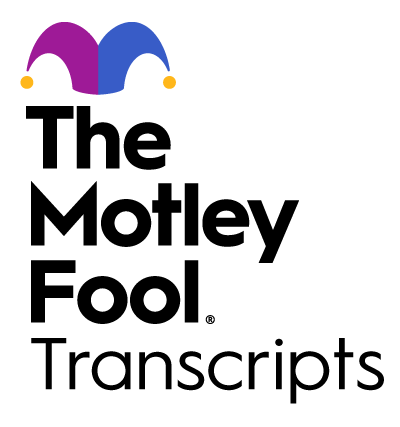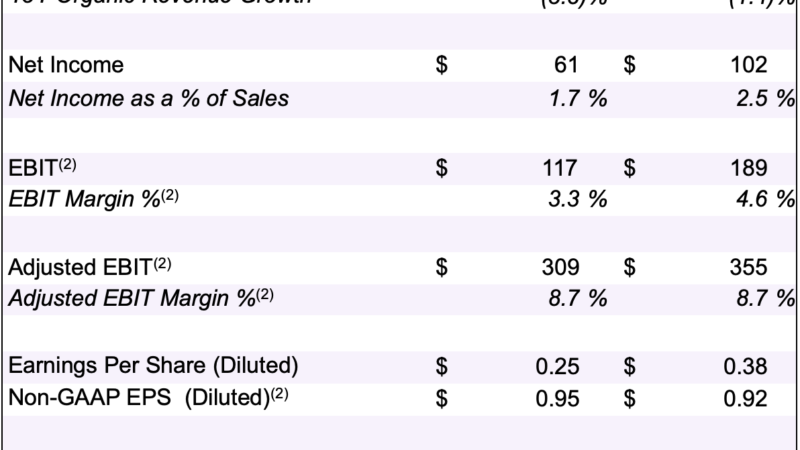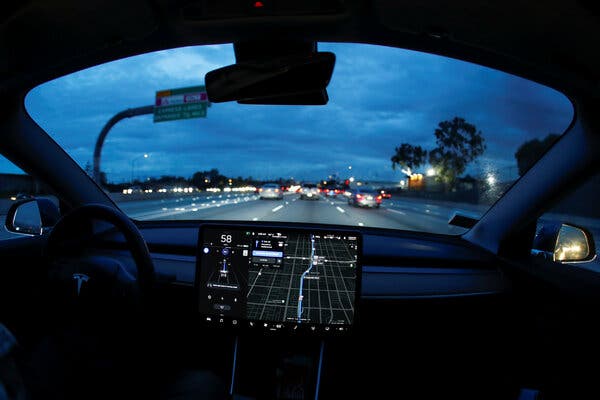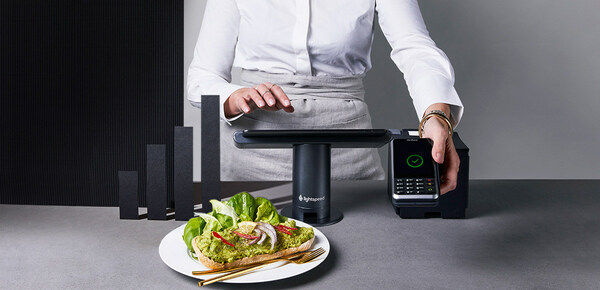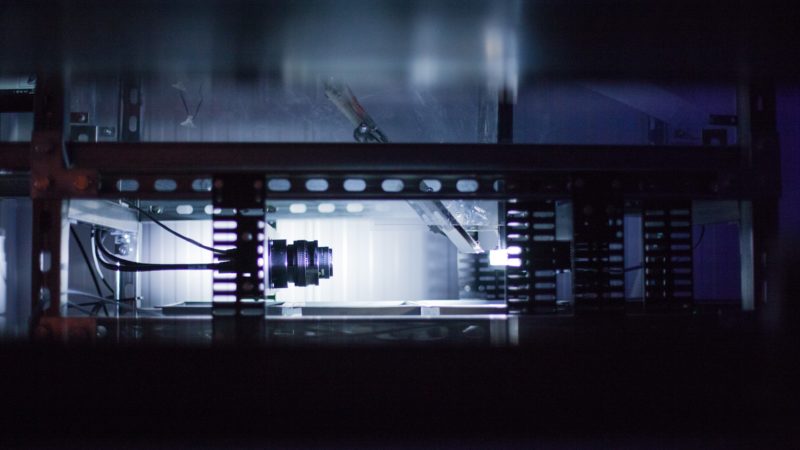Early voting will mean using new technology – The Daily Gazette
You may not have known it, but the last time you voted may also have been the last time you’ll sign your name in a thick blue voter registration book.
As part of implementing the state’s new mandate to allow early voting ahead of election days, all counties with more than 50,000 registered voters are switching to using electronic poll books — and voters will sign on a small video display screen with a stylus pen, rather than with ink on paper.
Schenectady, Saratoga and Albany county board of elections are all making the conversion this year, despite some early skepticism that the new technology would be ready by the first Tuesday in November. Counties with fewer than 50,000 voters — including Fulton, Montgomery and Schoharie counties in the Capital Region — can still use paper ballots this year, but will eventually make the conversion to electronic.
The switch to electronic poll books is one of the less-known aspects of early voting, which is allowed in New York state for the first time this year, after being authorized by the state Legislature and Gov. Andrew M. Cuomo last winter.
The goal of early voting — which has long been advocated by groups like the League of Women Voters — is to increase voter turnout by making voting more convenient for many people who have trouble getting to the polls on Election Day. Early voting is allowed in 33 other states and the District of Columbia.
The need for electronic polling books is driven by the complexity of the demands at early voting sites, but they will also be used at all polling places in those counties on Election Day — they will establish an electronic record that should guarantee that nobody votes twice.
The belief is that few voters will be apprehensive about providing their signature electronically. “I think today with electronics, you’re faced with them no matter where you go,” said William Fruci, Saratoga County’s Democratic elections commissioner.
The state budget included $14.7 million for creating electronic poll books, which are part of protecting the integrity of the system. There is also $10 million to cover costs for the counties of training staff and then staffing early polling sites, so county officials believe their additional costs will be covered, at least for this year.
Here’s what will happen at polling places:
— The voter gives their name to an election inspector.
— The inspector looks the name up on a small pad-style device and clicks the voter’s name. The information includes address, to sort between voters with the same name. Once the right name is clocked, the voter’s name and a signature line pops up.
— The inspector then turns the screen so that is faces the voter, and the voter signs their name with a stylus. The inspector flips the screen back toward themselves, and compares the signature with an electronic copy of the voter’s signature on file from their registration card. If the signature doesn’t look right, a voter could be asked to sign again, or even rejected if it appears fraudulent.
— Only after the signature is confirmed does the inspector give the voter a ballot. At early voting locations, those ballots will be printed on demand, since voters from any election district in the county can vote at any of the county’s early voting sites.
— Once the ballot is handed out, people will fill them out and feed them into a counting machine as they do now.
Were a voter who cast an early ballot then to show up at their polling place on Election Day — out of simple confusion, let’s say — the computer system would tell the inspector that person had already voted.
“Their history is updated pretty much live, so it would prevent a voter from going to another site and trying to early vote again,” Fruci said.
Election commissioners acknowledge there may be bugs to work out. They say they’re glad this is starting in a local election year, when turnout is always lower than in presidential and federal office election years.
“We’re collecting a lot of data this year so we can better prepare for next year,” said Amy Hild, Schenectady County’s Democratic elections commissioner. “We’re grateful not to start this in a presidential election year.”
Under early voting, the law requires each county to have one polling place for every 50,000 registered voters open in the ten days before the general election. This year, that’s Saturday, Oct. 26, through Sunday, Nov. 3. The early votes are closed on Nov. 4 so that election officials can prepare for the general election on Nov. 5.
Schenectady County will have early voting at the Karen B. Johnson Library on Clinton Street in Schenectady; the Niskayuna Town Hall; the Glenville Senior Center on Worden Road; at the ViaPort Rotterdam Mall.
Saratoga County will have polling sites at the Clifton Park-Halfmoon Library in Moe Road in Clifton Park; at the Board of Elections office on West High Street in Ballston Spa; and at Gavin Park in Wilton.
Montgomery, Fulton and Schoharie counties will have only a single early voting location, at the county boards of election.
The overall goal is to increase the number of people who vote, which is generally well below half of those eligible during a local election year. Darlene Harris, Schenectady County’s Republican elections commissioner, said the commissioners’ best informal guess is that 20% of voters — in Schenectady, as many as 6,800 people — might opt for early voting.
“People might be at the senior center and look and say, ‘Oh, I can vote,'” Harris said.
The early voting ballots will be returned to the board of elections each evening, and the early vote results won’t be counted until election night, along with all the other ballots.
“This will be our first election with this. I’m hoping this will increase participation, but we’ll know so enough,” Fruci said. “If people can’t vote on election day, this will at least give them an opportunity to vote early, on a different day.”
Voters who can’t be at their polling place on Election Day and can’t get to an early voting site will still be able to vote by absentee ballot, as they could in the past.
Counties are generally still looking for poll workers, and anyone interested should contact their county board of elections.
Reach Gazette reporter Stephen Williams at 518-395-3086, [email protected] or @gazettesteve on Twitter.
INFO BOX
HOURS FOR EARLY VOTING IN ALL LOCAL COUNTIES
Saturday, Oct. 26, 9 a.m. to 2 p.m.
Sunday, Oct. 27, 9 a.m. to 2 p.m.
Monday, Oct. 28, Noon to 8 p.m.
Tuesday, Oct. 29 9 a.m. to 5 p.m.
Wednesday, Oct. 30, Noon to 8 p.m.
Thursday, Oct. 31, 9 a.m. to 5 p.m.
Friday, Nov. 1, 9 a.m. to 5 p.m.
Saturday, Nov. 2, 9 a.m. to 2 p.m.
Sunday, Nov. 3, 9 a.m. to 2 p.m.
